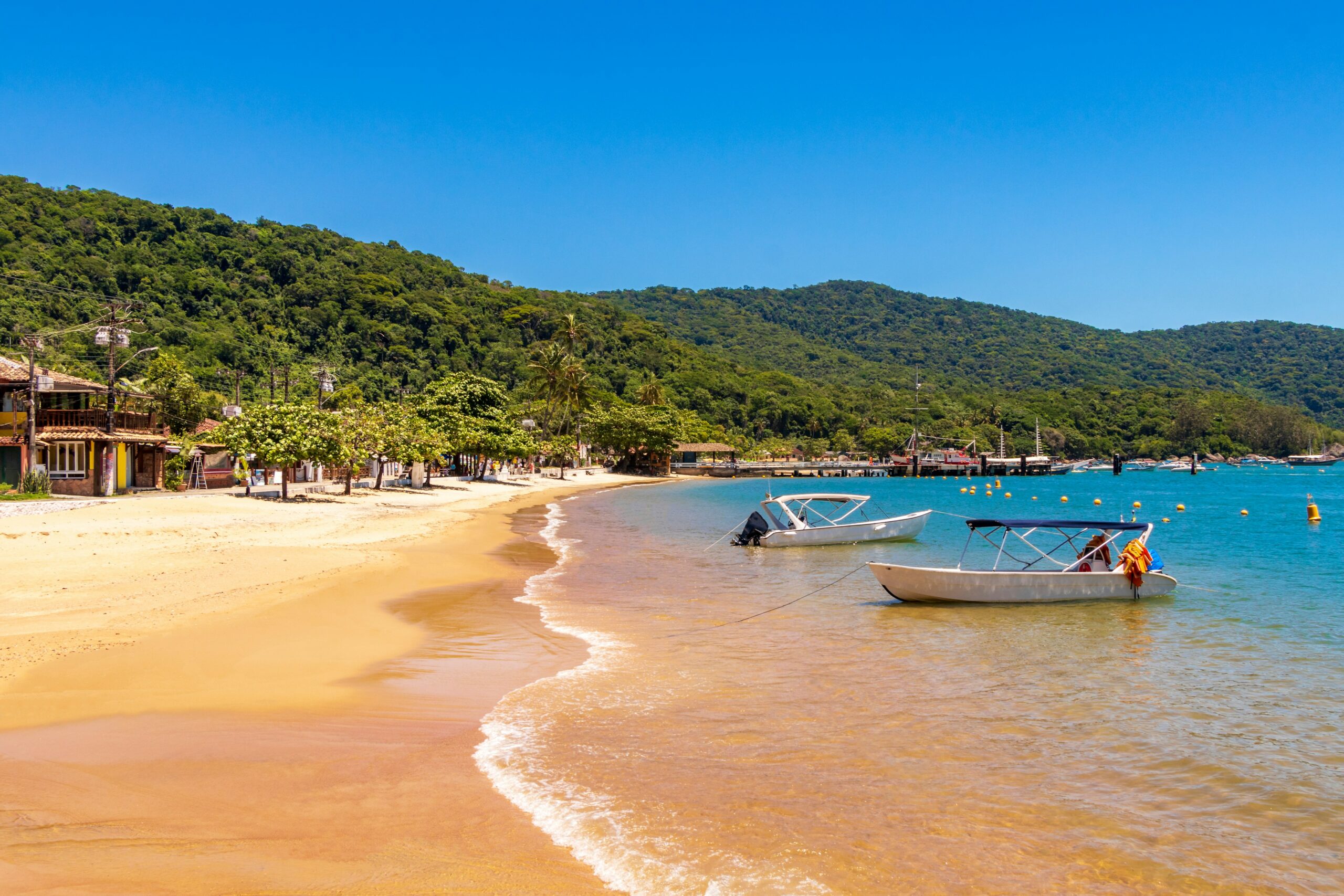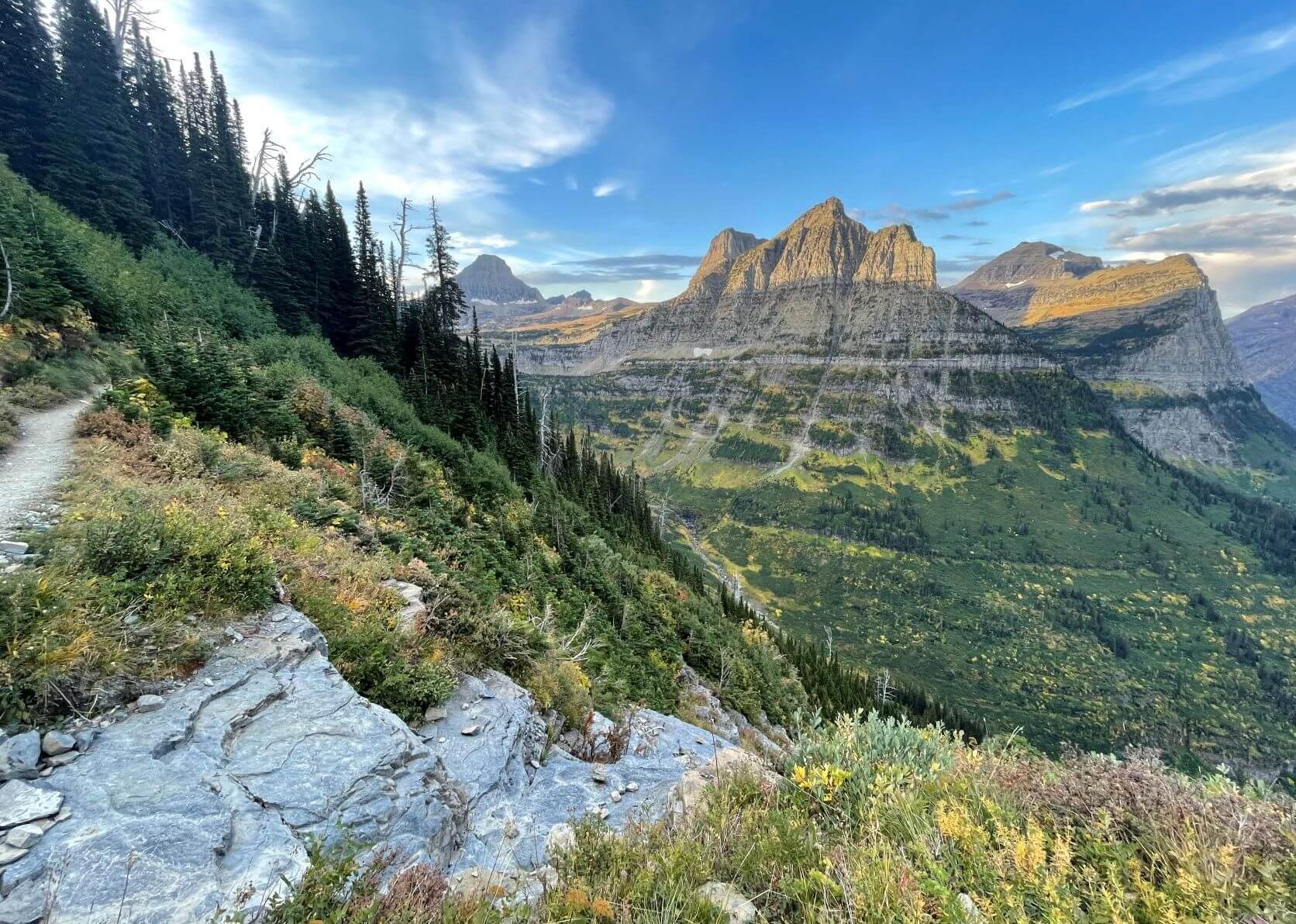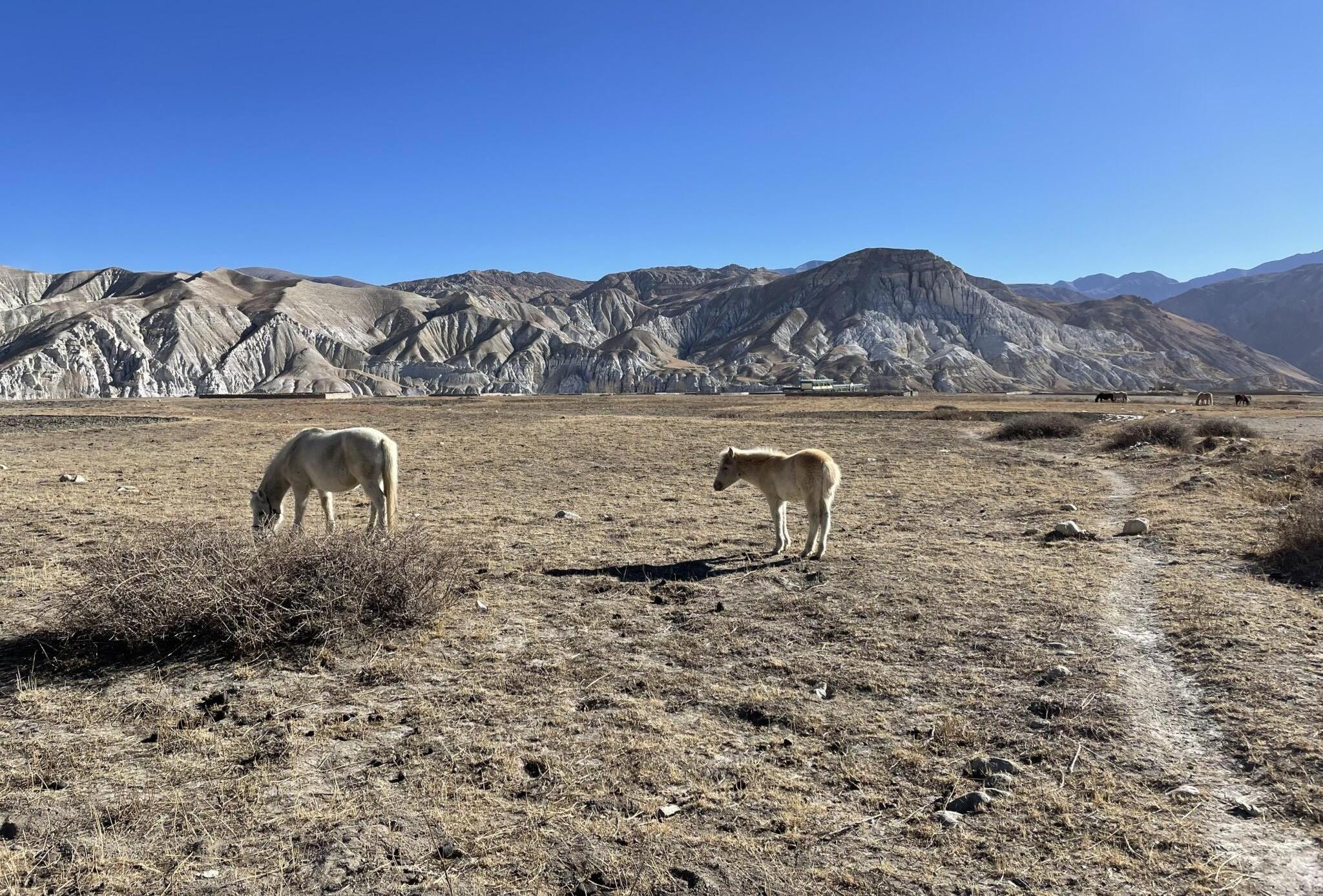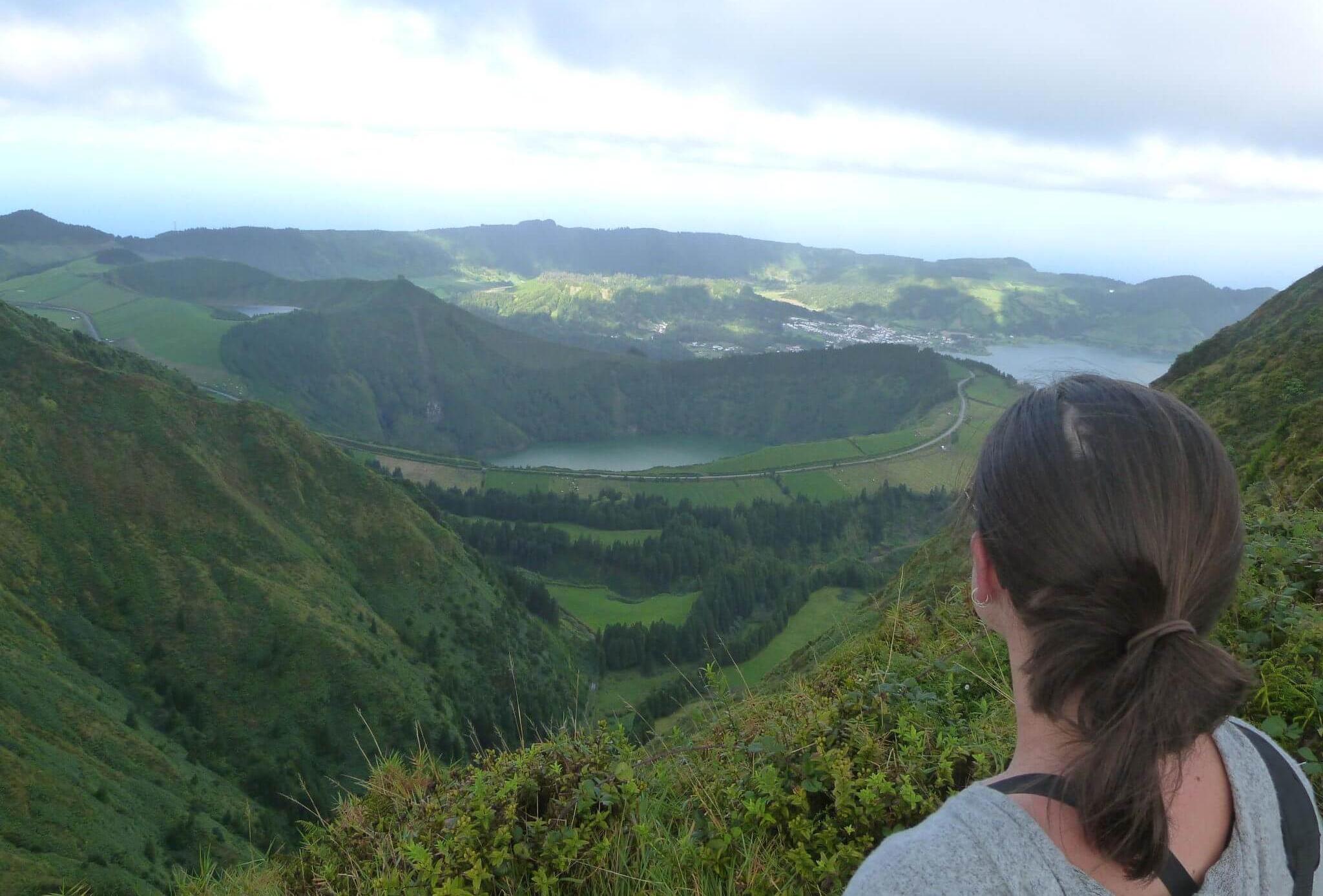Discover Brazil’s breathtaking landscapes, vibrant cultures, and unforgettable adventures through this extensive travel guide.
Contents:
- 1. Admire the view in Rio de Janeiro
- 2. Relax on a tropical island
- 3. Spot whales in Praia do Rosa
- 4. Soak up the energy at a soccer game
- 5. Watch birds in the Atlantic Forest
- 6. Get soaked on a speed boat under Iguaçu Falls
- 7. Dance during Carnaval
- 8. See street art in São Paulo
- 9. Contemplate the origins of life at Serra da Capivara
- 10. Understand Afro-Brazilian culture in Salvador
- 11. Float down the river in Bonito
- 12. Party on at festivals in the Amazon
- 13. Visit a cachaça distillery
- 14. Track jaguars in the Pantanal
- 15. Kitesurf off Brazil’s northeast coast
Explore the Wonders of Brazil: Top Experiences

Whether your preference lies in lush wilderness or bustling urban centers, Brazil offers an array of experiences to satisfy any traveler. The nation’s reputation as a natural paradise is well-earned, being home to the largest rainforest and the most extensive wetlands, alongside unparalleled biodiversity. Its diverse blend of indigenous and immigrant cultures contributes to a vibrant tapestry of languages, cuisines, and music throughout the country.
From savoring the delectable acarajé in Salvador to dancing the samba in Rio de Janeiro during Carnaval, Brazil is a land of rich traditions. Additionally, its idyllic tropical islands offer perfect opportunities for relaxation after a whirlwind of cultural activities.
Your adventure awaits with this guide to Brazil’s most captivating experiences.
1. Admire the view in Rio de Janeiro
Rio de Janeiro is a city brimming with attractions, including beaches, architecture, museums, and a vibrant nightlife. The most quintessential activity involves ascending to high viewpoints, showcasing the city’s remarkable topography, where lush mountains cascade into the ocean amidst urban expanses.
Visit iconic spots such as the towering Christ the Redeemer statue and Pão de Açúcar (Sugarloaf Mountain) for breathtaking 360-degree views. To bypass the crowds, consider indulging in a helicopter tour for an extraordinary perspective of this stunning city.
For those who enjoy hiking, the Tijuca National Park provides rewarding views from peaks like Pico da Tijuca and Pedra da Gávea.

2. Relax on a tropical island
With a coastline dotted with thousands of beaches, the decision of where to go can be overwhelming. Opt for a tropical island escape instead: Ilha Grande, situated south of Rio on the Costa Verde, boasts pristine beaches and warm waters, embraced by the lush Mata Atlântica forests. Alternatively, Ilhabela combines delectable dining for city dwellers from São Paulo with hiking trails and seclusion in dense jungles.
Smaller spots like Ilha do Mel near Paranaguá offer a more remote experience, complete with a lighthouse and unexplored caves, while the Bahian coast presents endless sunshine and idyllic palm-lined beaches.
3. Spot whales in Praia do Rosa
Once a quiet fishing village, Praia do Rosa has transformed into a premier surf destination, attracting visitors with its picturesque bay and charming accommodations. During the winter months (June to November), Southern right whale calves can be spotted playing in the waves.
Despite their near extinction in the 1970s, conservation efforts have facilitated their return, making the region a notable spot for whale watching. The establishment of a marine reserve along the coast aids in their protection.
Planning tip:Swimming in the cold waters during winter is not advisable, however, the beach offers stunning landscapes and potential for whale sightings throughout the year. Boat tours provide closer encounters.

4. Soak up the energy at a soccer game
In Brazil, the fervor for soccer is palpable. Every bar and venue resonates with cheers during a big match. Immerse yourself by attending a game where the enthusiastic local supporters create an electrifying atmosphere.
Rio’s famous Maracanã stadium is legendary for having hosted iconic events, including the FIFA World Cup final in 2014. The local club, SR Flamengo, garners intense attendance during rival matches.
In São Paulo, teams like SE Palmeiras and Corinthians compete in modern stadiums with passionate followings, while the historic Pacaembu Stadium, now quieter, still features an engaging football museum.
5. Watch birds in the Atlantic Forest
Birdwatching enthusiasts will be mesmerized by the Avian diversity in the Atlantic Forest, home to nearly 900 species, many of which cannot be found elsewhere. This biome hosts vibrant habitats in numerous national parks and private reserves.
Among these, Itatiaia National Park is particularly renowned for birdwatching, while other areas such as Superagui National Park boast exotic species at dusk.

6. Get soaked on a speed boat under Iguaçu Falls
The awe-inspiring sound of Iguaçu Falls is unforgettable, and numerous activities in the surrounding area will keep you entertained. Visitors can explore hiking trails or visit Parque das Aves wildlife sanctuary.
For an adventurous twist, consider taking a speedboat ride under the falls. These powerful boats approach the cascades, providing a thrilling experience as you are enveloped in mist.
Planning tip:The impressive Itaipú Dam nearby is also worth a visit.
7. Dance during Carnaval
Participating in Carnaval is a unique and exhilarating experience. Join a samba school to celebrate in elaborate costumes during the parade at the Sambódromo in Rio de Janeiro. Broadcasted nationally, this fierce competition draws huge crowds and vibrant displays.
Carnaval celebrations extend beyond Rio, with traditional festivities in cities like Olinda, showcasing unique rhythms like frevo and maracatu.
Planning tip:Tickets for the Sambódromo can be purchased through the official website, but these sell quickly.

8. See street art in São Paulo
Walking through São Paulo can feel like an adventurous journey, with an abundance of stunning murals and graffiti adorning the urban landscape. Prominent areas like Beco do Batman are prime locations for street art enthusiasts.
In the Centro district, Felipe Yung’s grand design covers multiple buildings, while the Museu Aberto de Arte Urbana offers a display of art from various creators.
9. Contemplate the origins of life at Serra da Capivara
The Museu da Natureza serves as a testament to the work of archaeologist Niède Guidon, exploring human history in a captivating spiral structure at the edge of the Serra da Capivara National Park.
This remarkable park is home to archaeological sites revealing artifacts and cave art, with discoveries indicating human presence dating back 50,000 years, thereby challenging conventional theories about early American settlers.
Planning tip:Travel to Serra da Capivara requires flying from Petrolina or Recife, but many visitors prefer to drive or take a bus from these cities.

10. Understand Afro-Brazilian culture in Salvador
Salvador offers a culinary delight with its rich flavors, heavily influenced by African culture. Ingredients such as chili, coconut, and dried shrimp come together in dishes like acarajé , a staple street food that highlights Salvador’s cultural heritage.
A popular stop is the Caminho dos Orixás tour, which showcases historic sites tied to Afro-Brazilian culture and religion, allowing visitors to engage deeply with the local traditions.
11. Float down the river in Bonito
Near the stunning Pantanal wetlands, Bonito serves as an ecotourism hub. Visitors can explore clear waters that flow through limestone, revealing mesmerizing aquatic life as they float down the Rio da Prata.
Adventurers can also take on the rapids of the Rio Formoso while scouting for birds and fish along the way.

12. Party on at festivals in the Amazon
While the Amazon primarily invokes images of lush rainforests, it is equally vibrant with its celebrations. Festivals such as Bumba Meu Boi showcase local traditions through music, dance, and vibrant costumes.
Another highlight is the Círio de Nazaré, a significant Catholic event in October that attracts numerous devotees in Belém, while Maués celebrates a guaraná fruit harvest through revelry along the riverbanks.
13. Visit a cachaça distillery
Known locally as pinga, cachaça is Brazil’s distinct sugarcane spirit, serving as the heart of the national drink, the caipirinha. The best way to appreciate cachaça is through a distillery tour.
The historic Engenho Boa Vista distillery, operating for over 260 years in the Minas Gerais region, offers insights into this cherished spirit. Meanwhile, tours in Rio often incorporate tastings alongside city exploration.
Planning tip:The Mapa da Cachaça provides a useful guide to distilleries across Brazil.

14. Track jaguars in the Pantanal
The jaguar, the largest cat in the Americas, is both elusive and at risk. Despite legal protections, poaching and habitat loss continue to threaten their survival. One of the prime locations to view these majestic creatures is the Pantanal.
The conservation organization Onçafari offers jaguar safaris aimed at educating visitors on their habitat and supporting conservation efforts through responsible tourism.
Planning tip:Several local operators conduct jaguar safaris, with ideal viewing conditions typically during the dry season from April to September.
15. Kitesurf off Brazil’s northeast coast
Brazil is a haven for kitesurfing, with its expansive Atlantic coastline providing ideal conditions. Regions like Ceará feature top kitesurfing spots such as Cumbuco and Preá.
The emerging destination of Barra Grande in Piauí and the lagoons in Atins offer exhilarating challenges coupled with scenic beauty.





